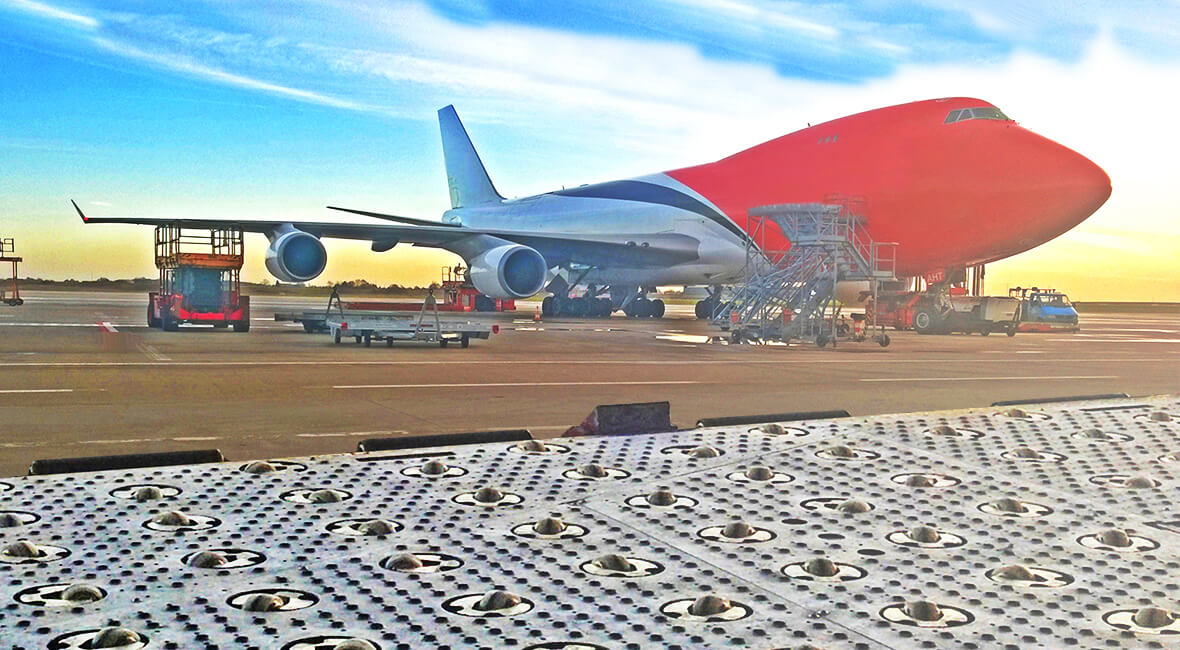Right on track with Colson
The steer ability of equipment and machinery is depending on the position of the individual wheels or castors under the respective device(s). Various formations are possible in order to show the direction in which it should go:










